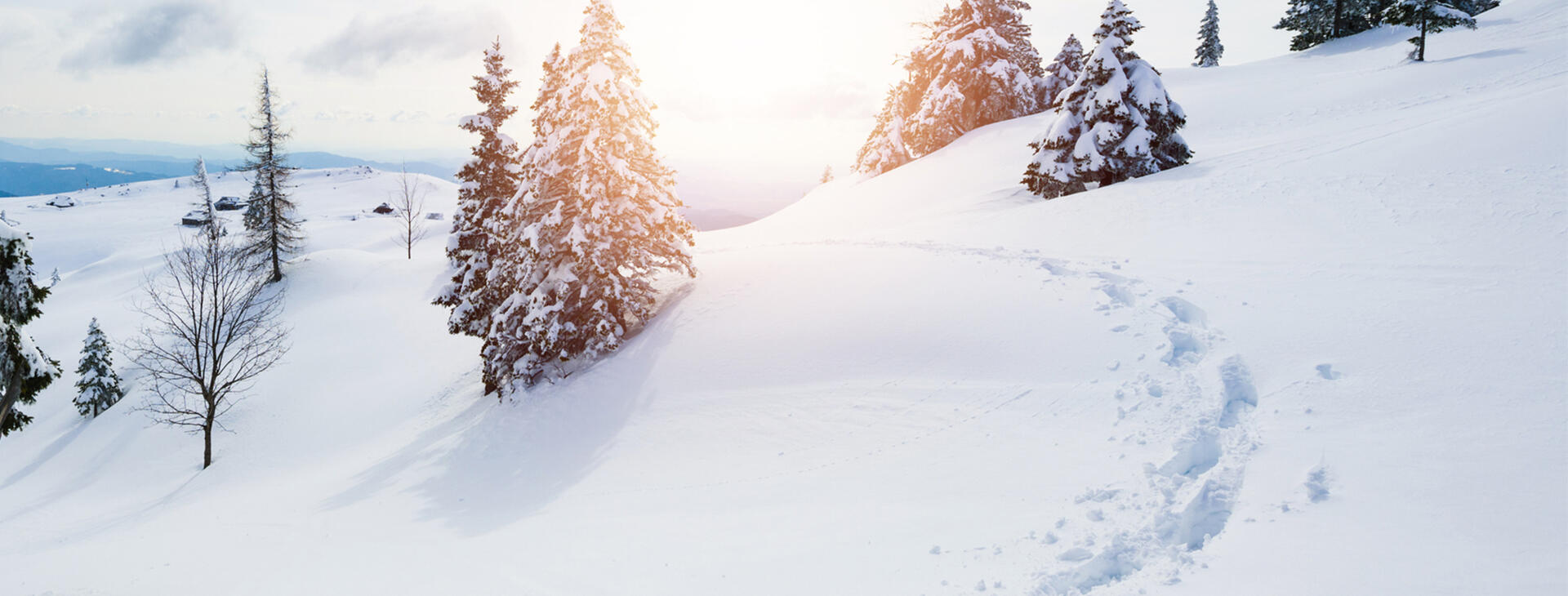INNOVATION & ECO-FRIENDLY Shoe Cleats for Walking On Ice: Applications, Cares, and How to Use

Shoe Cleats for Walking On Ice: Applications, Cares, and How to Use
If you often have to walk on icy surfaces for work, sports, or just getting around, it's important to be cautious because ice can be slippery and cause slips and falls. To make walking on ice safer, special shoe attachments called shoe cleats are used. These cleats provide a better grip on frozen surfaces and assist people in moving confidently.
In this blog, ICEQUER will discuss different ways to use shoe cleats on ice, share tips on how to care for them so they last longer, and explain the best ways to use them. You'll also learn about ICEQUER's special shoe cleats, produced for construction workers, drivers, athletes, and anyone who needs to maintain harmless and productive even in icy conditions.
What are Shoe Cleats for Walking on Ice?
Shoe cleats are special shoe attachments that assist people stroll safely on icy or slippery surfaces. They have spikes or studs that grab hold of the ice, so it’s less likely to slip and fall. Whether working outside, playing sports, or walking around town, cleats are essential for staying protected on frozen ground.
Workplace Applications of Shoe Cleats for Walking on Ice
- Construction Workers
Construction sites can be risky for workers in winter. It's important for people working in construction to have high-quality gear that keeps them intact and easy to see, mainly when they're working at night or when the light isn't very good.
Construction workers often work long hours and stand for a long time. To prevent discomfort, they must choose soft and flexible ice traction devices. These devices should be lightweight, fit over their work boots nicely, and come in different sizes. Since construction sites can be dangerous, it's crucial to wear ice traction devices that won't cause sparks. ICEQUER's work boot cleats are made for tough conditions. They have strong grips and reflective materials.
✔ Recommended Product: Work Boot Cleats
Drivers
Confirm the ice cleats you pick are not challenging to put on and take off, can be adjusted to fit different shoe sizes, and are comfortable for drivers. They should also be easily stored and made from strong but flexible materials. ICEQUER’s snow cleats are perfect for people who must move between driving and stepping on icy ground.
✔ Recommended Product: Snow Cleats
Athletes
Winter athletes need reliable grip, stability, and good visibility. When choosing ice cleats, confirm they are comfortable and won't tire or discomfort athletes after extended use. Heavy or bulky cleats can be uncomfortable and hinder movement. It's vital to find ice cleats that fit well and have adjustable straps to stay in place on different shoes. This not only makes them more comfortable but also helps them function better.
ICEQUER’s ice running cleats have six spikes for excellent grip and a special bottom for stability. They also have reflective parts to maintain visibility, which makes them great for winter runners and outdoor sports lovers.
✔ Recommended Product: Ice Running Cleats
Maintenance and Care of Shoe Cleats for Walking on Ice
Proper maintenance of shoe cleats is pivotal for their longevity and effectiveness. Regular cleaning, inspection, and correct usage offer the best possible traction and safety. Here are some tips to maintain cleats in top condition:
Taking good care of shoe cleats is the key to making sure they last long and work well. Cleaning them frequently, checking them over, and using them correctly will offer the best grip and reliability. Here are some tips to maintain these cleats in excellent condition:
- Clean Regularly:
Thoroughly cleansing the cleats after each use to reduce any accumulation of dirt, debris, or ice. Gently use a soft brush and warm water to remove any build-up, avoiding harsh chemicals and abrasive materials that can cause damage. A mild soap can be used for stubborn debris but must be rinsed off thoroughly.
- Dry Thoroughly:
Remember to let cleats air dry thoroughly after cleaning them. Moisture can cause rust, damage the metal parts, and the cleats will become less effective. Dry them with a towel and leave them in a well-ventilated area. Don't use direct heat sources like radiators or heaters, as they harm the cleats.
- Inspect for Damage:
Frequently inspect the spikes and the whole structure for signs of damage or wear. Look for bent or broken spikes, tears in the material, or loose parts. If you notice any problems, get them sorted out or replaced as soon as possible.
- Store Properly:
Remember to store the cleats in a cool, dry place away from direct sunlight and extreme temperatures. They can get damaged if it's too hot or too cold. When not using them, put them in a storage bag or box to prevent dust and moisture. Also, don’t leave them in damp places like basements or garages without proper protection.
- Use on Icy/Snowy Surfaces Only:
If using ice cleats on regular hard surfaces like concrete or asphalt, the spikes can wear down fast and won't work as well. Stick to using them on snow and ice to make them last longer and work better when needed.
- Follow the Manufacturer’s Instructions:
Remember to always follow the care and maintenance instructions provided by the cleat manufacturer. These guidelines will keep the cleats in excellent condition and protect the warranty.
How to Use Shoe Cleats Correctly
Using shoe cleats properly is vital to maximizing their benefits. Follow these steps for correct usage:
- Choose the Right Size
Most cleats can be adjusted to fit, but it’s necessary to check that they feel comfortable and secure. Ill-fitting cleats can be ineffective and even risky. Measure your shoes and compare them with the sizing chart provided by the manufacturer.
- Practice Before First Use
Before starting to wear cleats, try walking in them somewhere safe first. This will help you get used to their feelings and confirm if they're comfortable and won't slip. It's also a wonderful idea to check if they're suitable for strolling on frigid surfaces and add any adjustments.
- Remove When Indoors
Always remove the cleats indoors to avoid damaging floors and prevent slipping on smooth surfaces. They can scratch floors and make them slippery. Keeping the cleats outside can keep floors hygienic and secure.
These steps guarantee your shoe cleats offer maximum grip and dependability on icy surfaces. Using them correctly and caring for them protects you and helps them last longer. Thus, they're a suitable investment for various workers. Stay safe, stay steady, and get the most out of your ice cleats this winter.
Best Shoe Cleats for Walking on Ice - ICEQUER
In summary, having the right shoe cleats can make a difference when cold outside. Whether working outdoors, driving, or being active, ICEQUER has cleats that meet different customer needs. Maintaining your cleats will help them last longer and guarantee the best grip. Stay steady with the right shoe cleats, and feel confident on frozen surfaces. If you want to learn more about how to use and look after ice cleats, don't hesitate to get in touch with us.

GET INTOUCH

